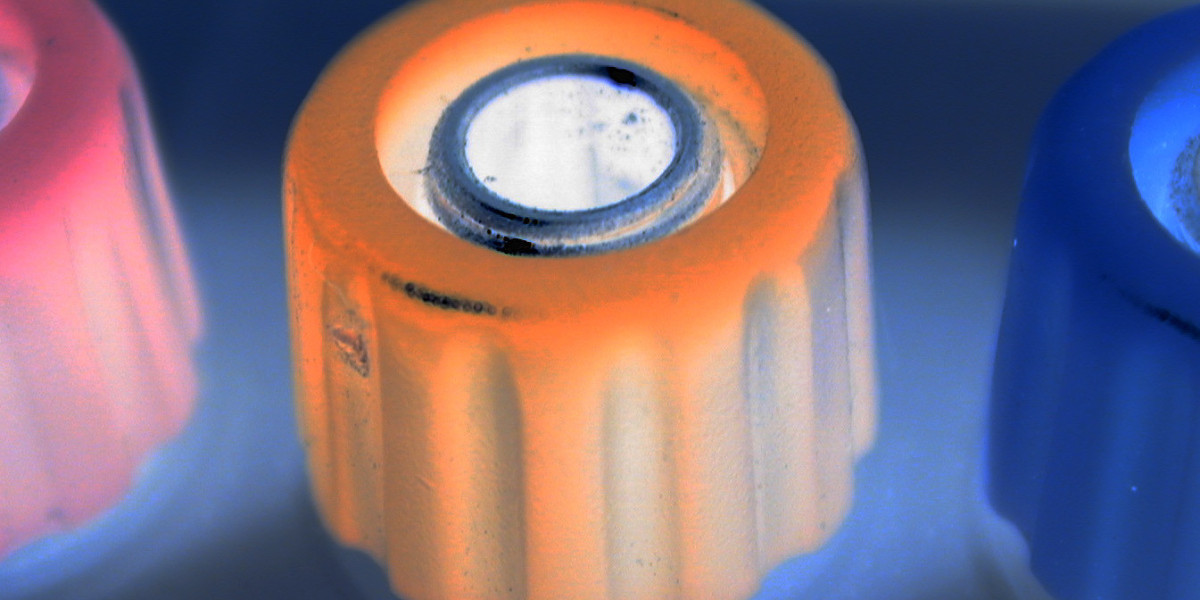As Per Market Research Future, the Laser Welding Machine Market is witnessing significant expansion, driven by the increasing demand for precision and efficiency in manufacturing processes. Laser welding technology offers advantages such as minimal thermal distortion and high-speed operation, making it ideal for various applications across industries like automotive, aerospace, and electronics. The market is also propelled by advancements in laser technology, which enhance the capabilities of welding machines. As industries seek to improve production quality and reduce costs, the laser welding machine market is expected to grow substantially.
The Laser Welding Machine Market has seen rapid expansion due to its ability to deliver high precision, speed, and reliability in industrial applications. Laser welding machines use concentrated light energy to join metal components, ensuring strong and precise welds with minimal thermal distortion. The market is driven by demand from automotive, electronics, aerospace, and medical industries, where high-quality and reliable welding is crucial. Laser welding offers advantages over traditional welding methods, including reduced post-processing, automation compatibility, and enhanced production efficiency.
Market Overview
Global adoption of laser welding machines has been fueled by the increasing need for efficient, high-speed welding solutions. These machines cater to both small-scale precision applications and large-scale industrial production. Fiber laser welding, in particular, has gained prominence due to its high beam quality, low maintenance requirements, and flexibility in welding various metals. Additionally, automation integration and robotic welding solutions are enhancing productivity and consistency, allowing manufacturers to achieve complex welds with high repeatability.
Market Drivers
The primary market drivers include the demand for high-precision welding, automation, and efficiency in manufacturing processes. Industries are increasingly shifting toward laser welding due to its ability to minimize material waste, reduce production time, and enhance joint quality. The automotive sector, with its focus on lightweight materials and high-strength components, heavily relies on laser welding solutions. Similarly, the electronics and medical device industries require precision welding for small, intricate parts, driving further adoption.
Technological Advancements
Laser welding technology is continuously evolving with innovations in beam control, hybrid welding methods, and automation. High-power fiber lasers enable faster processing, deeper penetration, and better quality welds. Integration with robotic arms allows for automated production lines, improving throughput and reducing labor costs. Hybrid laser-arc welding combines the advantages of both processes, enabling the joining of thicker materials while maintaining precision. Furthermore, real-time monitoring systems ensure process consistency and reduce defects.
Market Segmentation
The market is segmented based on laser type, application, and region. Types include fiber lasers, CO2 lasers, and diode lasers. Applications span automotive, aerospace, electronics, medical devices, and shipbuilding industries. Regionally, North America and Europe are key markets due to advanced manufacturing infrastructure and technological adoption, while the Asia-Pacific region is witnessing rapid growth due to industrial expansion, particularly in automotive and electronics sectors.
Competitive Landscape
Major players focus on innovation, partnerships, and expanding service networks to maintain competitiveness. Companies are investing in high-power laser systems, automation integration, and advanced software solutions to enhance productivity and weld quality. Collaborations with industrial robotics providers also help in offering comprehensive automated welding solutions. The competitive landscape is shaped by the need for precision, energy efficiency, and cost-effective solutions, which drive continuous research and development efforts.
Future Outlook
The laser welding machine market is expected to maintain strong growth as industries demand higher efficiency, precision, and automation in production processes. Advancements in hybrid and high-power laser technologies, along with the integration of AI and real-time monitoring, will redefine market standards. Manufacturers investing in innovative, energy-efficient, and automated solutions will likely lead the market, while industries adopting these technologies can achieve superior product quality and operational efficiency.
FAQs
Q1: What are laser welding machines?
Laser welding machines use focused light energy to join metal components with high precision, minimal thermal distortion, and enhanced production efficiency.
Q2: Which industries use laser welding machines the most?
Industries like automotive, aerospace, electronics, medical devices, and shipbuilding rely heavily on laser welding due to precision and efficiency requirements.
Q3: What are the latest trends in laser welding technology?
Trends include high-power fiber lasers, hybrid laser-arc welding, robotic automation, real-time monitoring, and AI integration for process optimization.
More Related Reports:
Agricultural Sprayer Equipment Market








